Apparently, there are over 100 billionaires living in the UK, 72 of them in London.
Any one of them could have afforded to buy the 1962 Ferrari 250 GTO that went under the hammer at an RM Sotheby’s auction at Monterey in August 2018.
A GTO sold earlier in the year for £52 million, the most money ever paid for a car. It’s amazing, but here’s food for thought: if that Ferrari were to receive a bump that dented its front wing, there are far fewer than 72 people in the UK with the skills to repair it.
One of the few is Grace Roaf. This 22-year-old hot rodder and drag racing enthusiast is an apprentice at G&A Fabrications, a traditional panel beating and fabrication business hidden away behind a former Texaco fuel station in Walton-on-Thames, Surrey. It’s a small workshop, a bit untidy and short on space, but magic happens here.
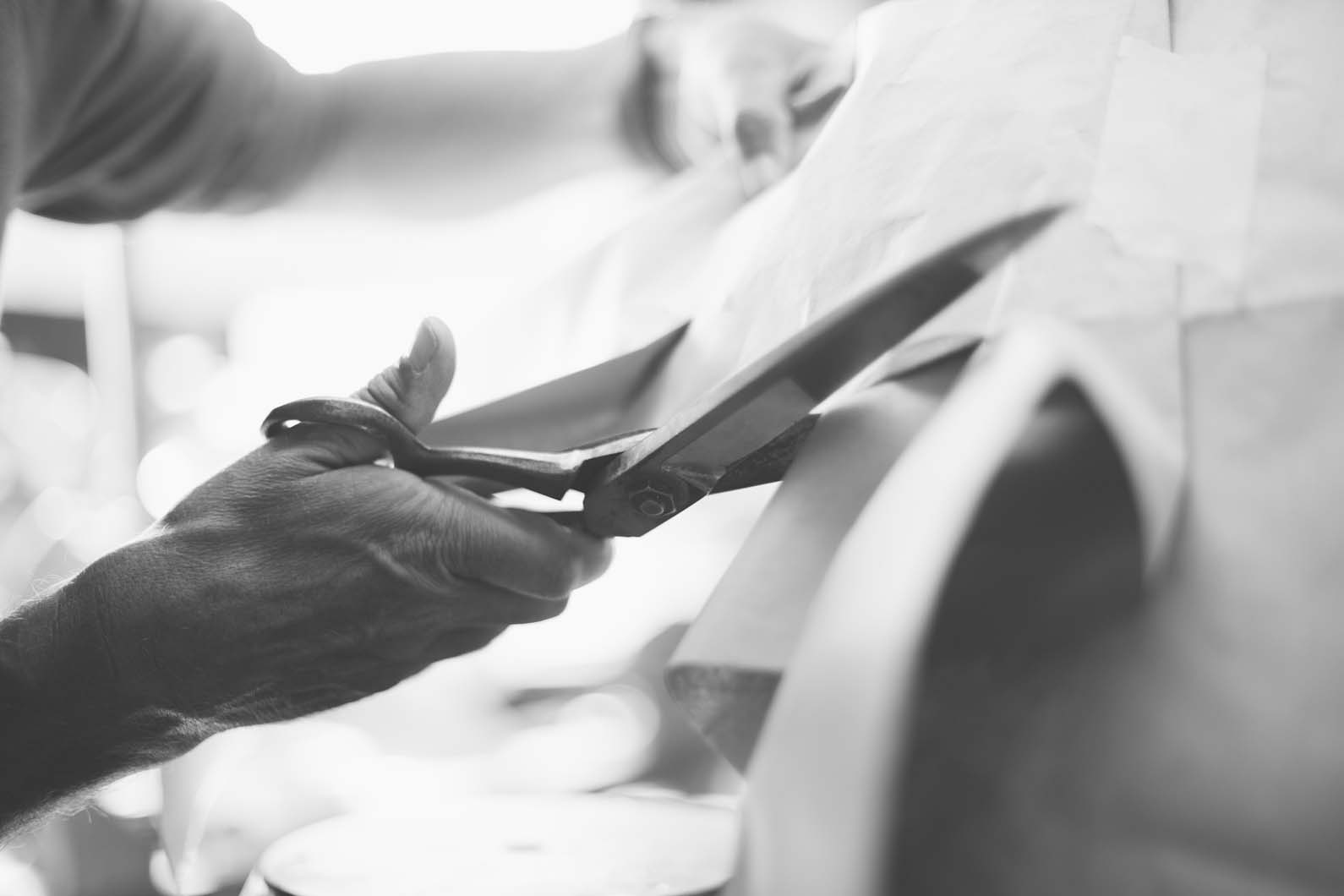
A miracle might even take place here today because I, with Roaf’s help, am going to attempt to turn a £20 sheet of aluminium into a front wing for an AC Cobra. Both of us will be under the watchful eye of Lawrence Kett. Kett did an apprenticeship at British Aerospace, making spares for Concorde and 747 engine cowls under contract for Boeing. From there, he went to Autokraft, working on Cobras, including building new MkIVs at Brooklands. In 1990, he started this company and has never looked back.
“It takes about 10 years to really get the hang of this work,” says Roaf, “and I’m only two years in so you’ll have to bear with me.” We could have made a wing for a GTO to really demonstrate my earlier point but there is no Ferrari here to use it on, whereas G&A Fabrications usually has a Cobra or two about. It also has a buck for a Cobra, which will make the job a bit easier because we’ll be able to marry up the panel we’re shaping to the buck to see how we’re doing. Or, more to the point, it will be easier for Roaf to see how badly I’m doing.

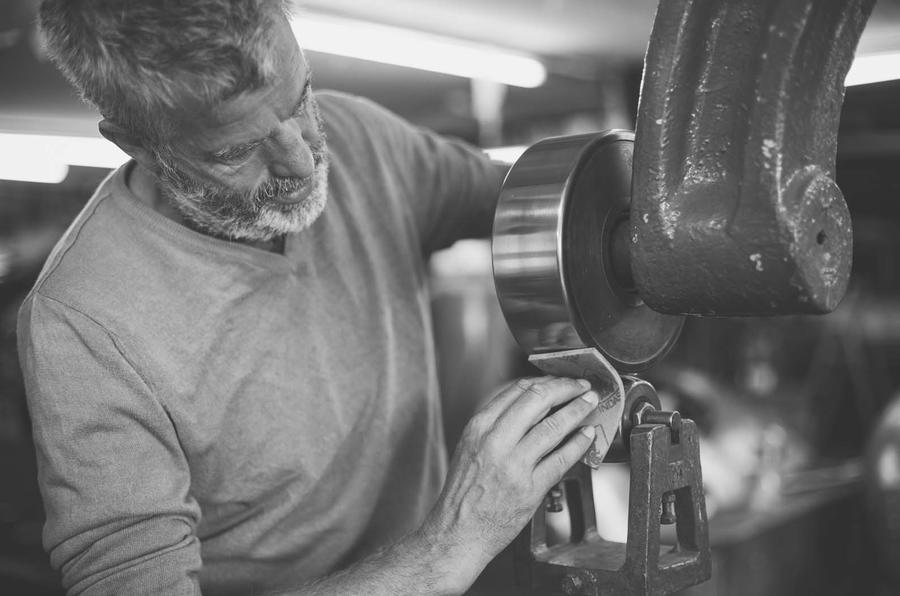

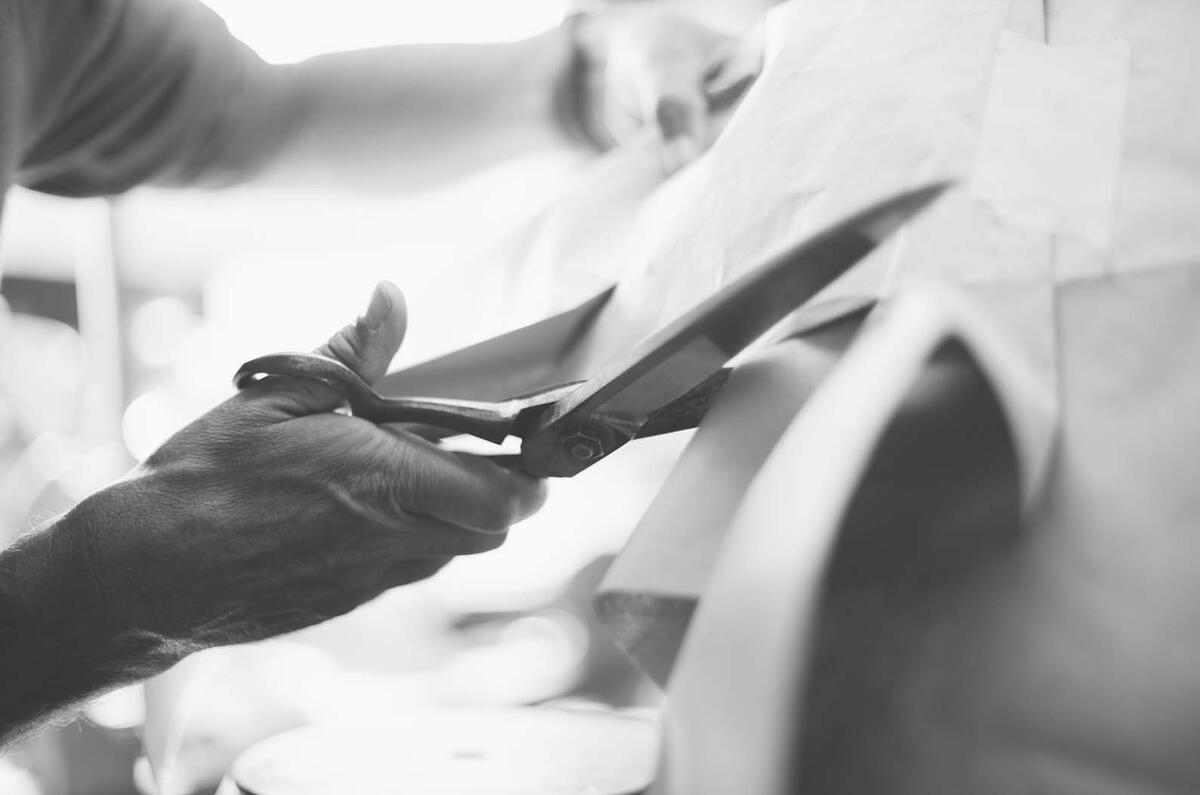
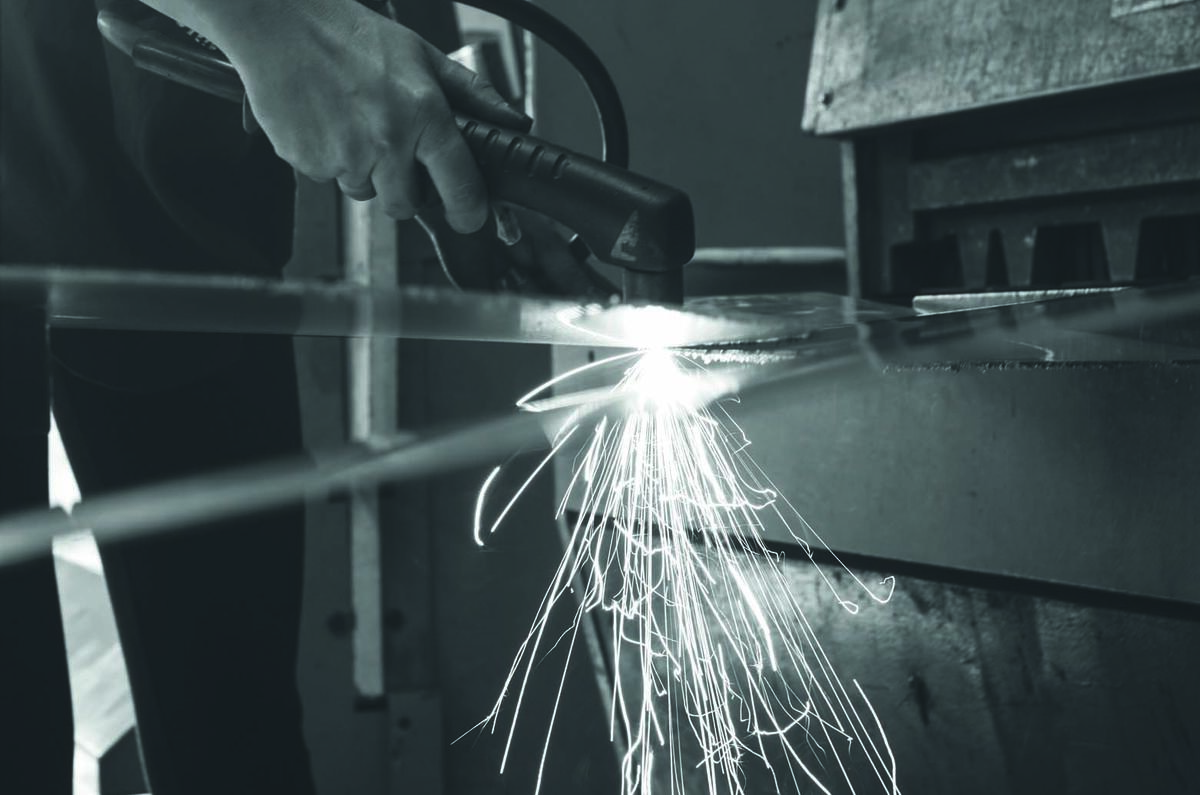




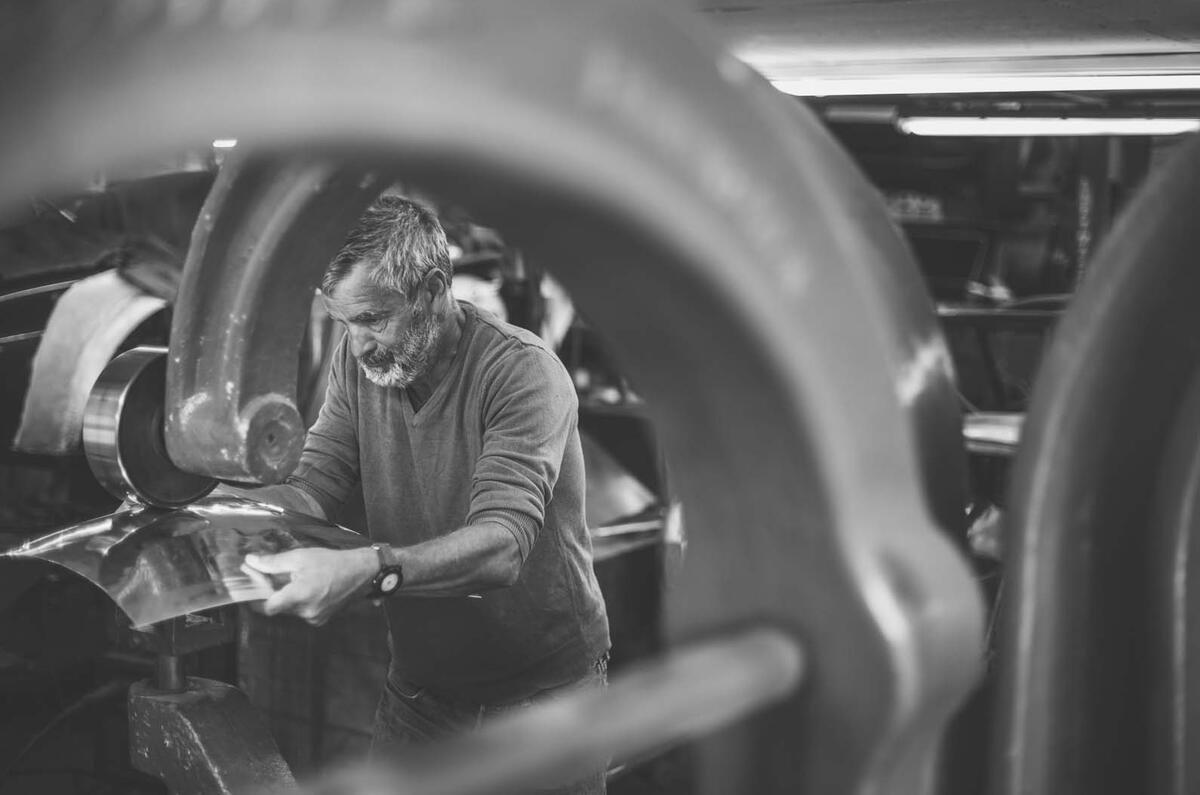

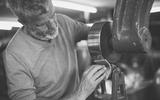










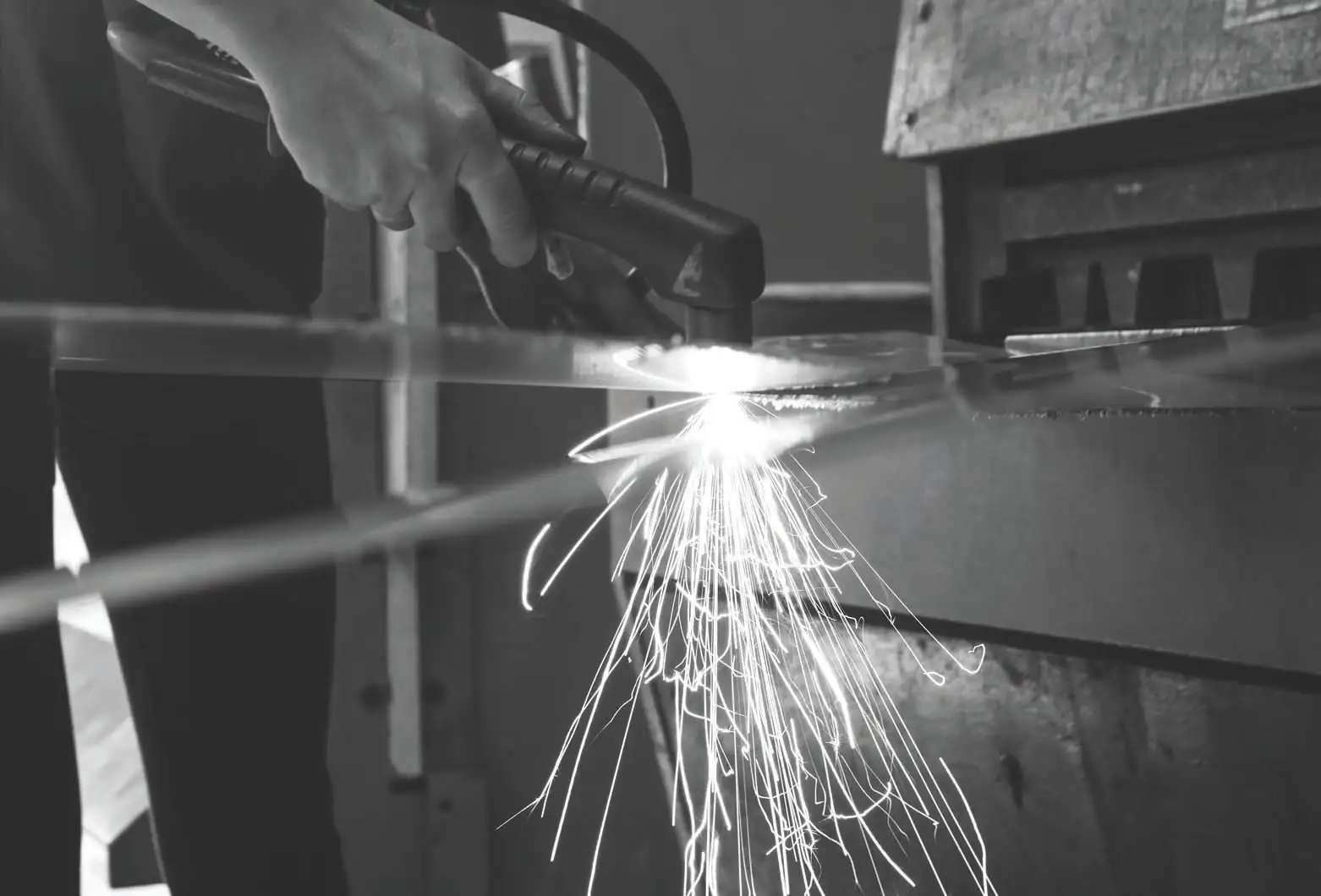
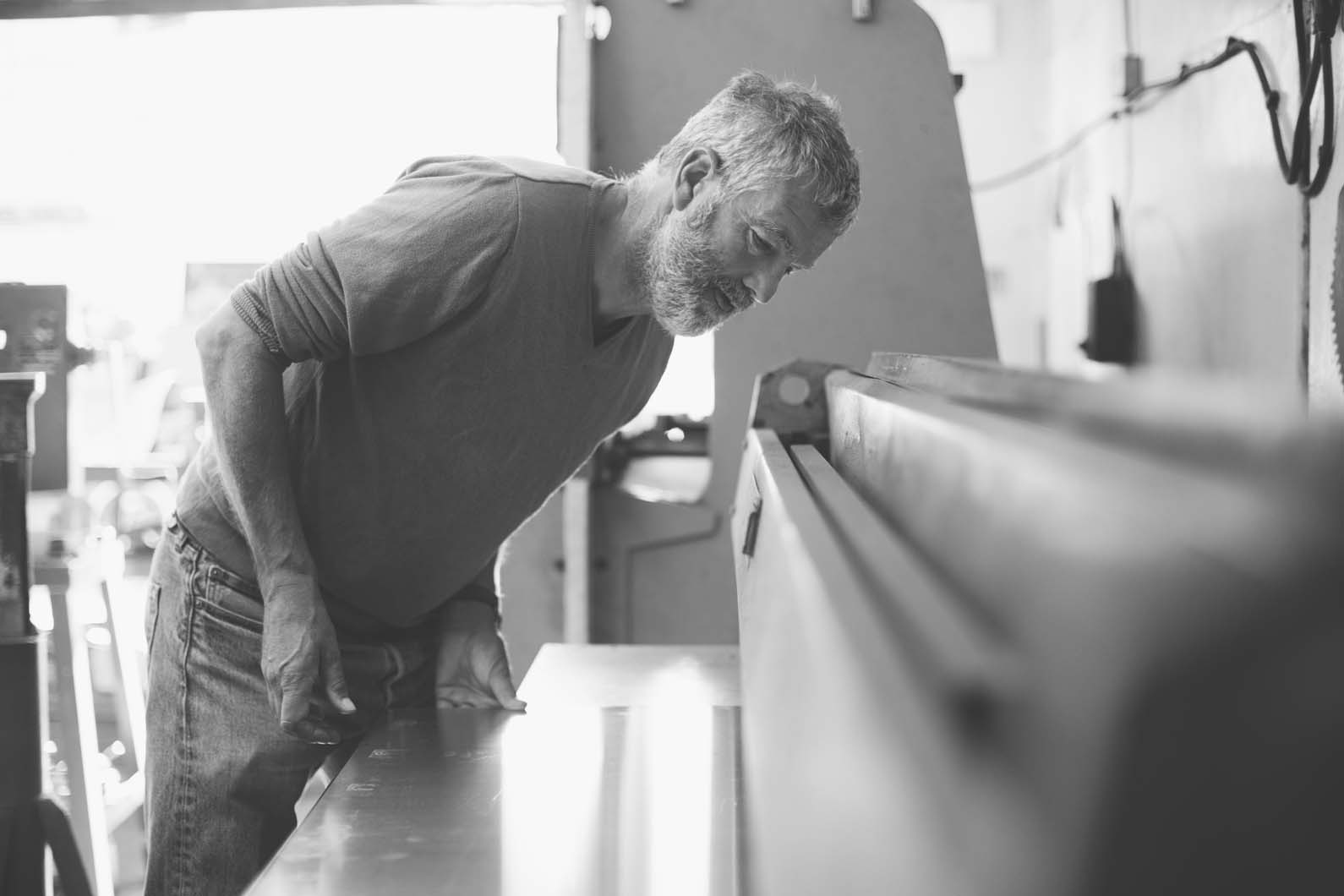
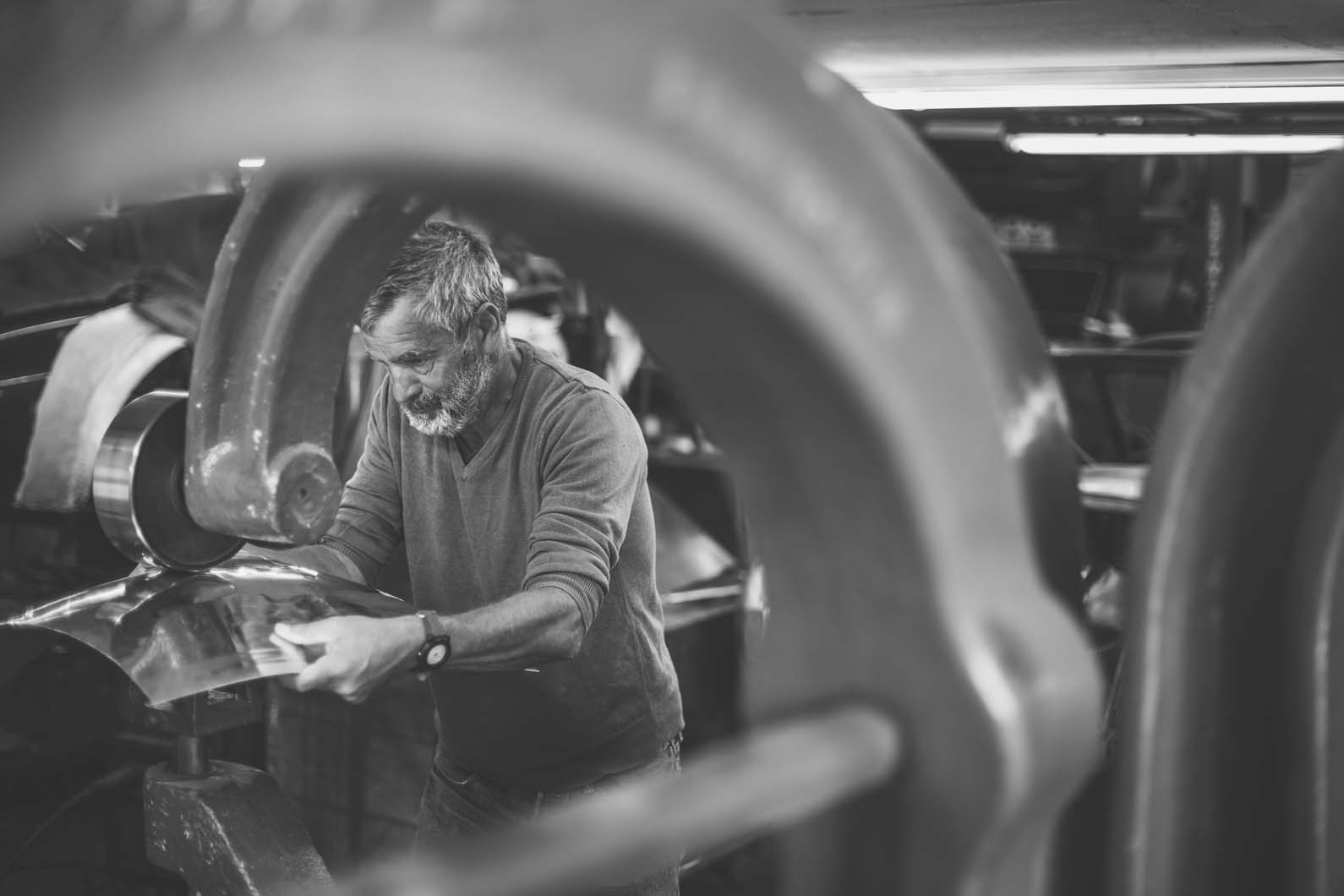
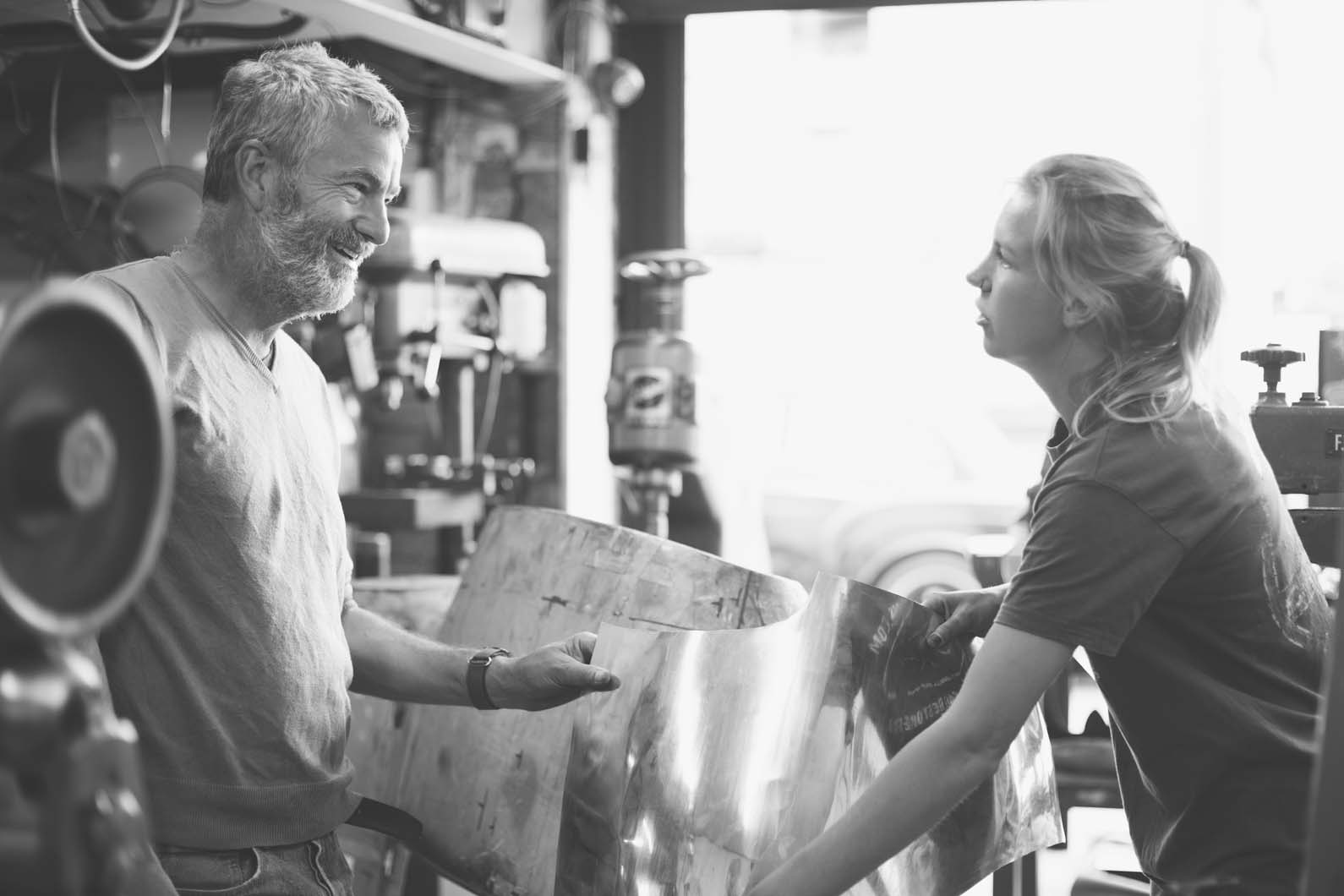


Join the debate
Add your comment
Best article of the day I read, I appreciate you sharing this information. I will visit your website often.
Back in the day...
Back in the day I used to have a supplier near Nottingham similar to these guys - using traditional skills and techniques to hand make replacement panels with compound curvature, etc, and without a press in sight. Odd thing was though that their company logo was a Lotus Europa bodyshell (fibreglass!).
Mahjong
I loved to see your work and apprecite this news sharing. its very exciting place for me and mahjong is a worlds most played game and i am so happy to recommend this one for you.